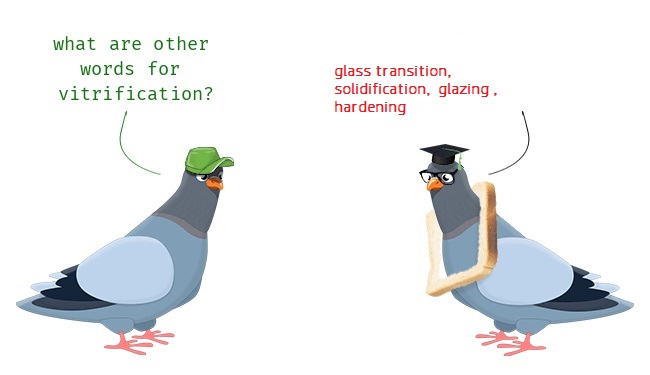Current status of Vitrification of human sperm is either not clear or even we can say it isn’t helpful for IUI or IVF. By and by Vitrification of Oocyte, zygote, embryo and blastocyst is ordinarily performed to treat infertility. In present theme “Current status of Vitrification of human sperm” we will talk about present situation related to the Vitrification of human sperm for IUI or IVF.
Vitrification can be defined as the transition of water directly from the liquid phase into an amorphous phase or glass. While avoiding the formation of crystalline ice (Fahy et al., 1984).
Regularly used cryopreservation techniques enable ice to form inside and outside the cell. And it also works for human sperm. Furthermore, there is likewise a precarious increase in the solute concentration during the traditional cryopreservation of cell or tissue. Both ice and high solute concentration can harm the cell and tissue osmotically and genetically.
Vitrification is a process in which cells as well as the entire solution is solidified without the formation of ice. The solidification of entire solution is accomplished by sudden decrease in the temperature of solution. Which does not allow ice crystal to form. Subsequently entire solution convert into a strong glass like structure.
Oocyte, zygote, embryo and blastocyst freezing by Vitrification method for cryopreservation have
been used successfully for many years. But till date Vitrification process is still lacking for sperms preservation.
Vitrification of human sperm – Current status
- Till date only limited trial has been made to freeze human sperm by vitrification.
- Very small quantity (2 – 20 micro liter) has been successfully preserved on copper loop or on grid of electron microscope.
- Saved amount of human sperm by vitrification was not adequate for IUI or IVF reason.
- Till date sperms on the open copper loop has been preserved only by Vitrification. In this way there is reasonable possibility of cross contamination through liquid nitrogen.
- Some trial has been made to preserve human sperm by Vitrification without permeable cryo-preservative. But remain non-conclusive.
- Oocyte, zygote, embryo and blastocyst freezing by Vitrification method for cryopreservation have been used for many years. But not for the sperm.
- Vitrification solution used to vitrify oocyte, zygote, embryo or blastocyst is not suitable to vitrify human sperm. Concentrations of cryoprotectant required are very high which is not suitable to preserve sperm. High concentration of cryoprotactant and other salts are potentially, and often actually, harmful to cells including sperm. They affect the sperm and cells osmoticaly as well genetically.
- Classical Vitrification requires a high percentage of permeable cryoprotectants in medium (30–50%, compared to 5–7% with slow freezing) and is unsuitable for the Vitrification of spermatozoa due to the lethal osmotic effect. Shape and size of the sperm head could be the factors that define the cryosensitivity of the cell.
How Vitrification will be better from conventional cryopreservation of human sperm
- The motility of cryopreserved and thawed spermatozoa normally falls to approximately 50% of the motility before freezing in case of conventional cryopreservation. Vitrification should give better outcome.
- Traditional cryopreservation results in intracellular ice crystal development. Which can harm the cell wall and structure of cell. While extracellular development of ice crystal cause increment in the salt concentration. Which can obviously result in osmotic and hereditary harm of cell.
- Practically speaking, current outcomes are satisfactory. Yet the techniques are still by and large moderately troublesome and simplification is desirable.
- Compared to the slow-freezing method, vitrification has economic advantages. Since there is no necessity of any advanced freezing instruments.
- It has been suggested that Vitrification may be less traumatic to the meiotic spindle than slow freezing. And may also have less effect on cell physiology. Thus, Vitrification seems more perfect and standard method of cryopreservation for gametes as well as tissues.
Conflict of interest —- Till now we did not notice any conflict of interest.
Acknowledgements — Frozen Cell Team is in a nonstop procedure to find out an investigation on preservation of human sperm. We are in an endeavor to discover a superior procedure to human sperm preservation by different technique.
Funding — 100 % funded by Frozen Cell. We don’t accept any funding from any outside source.
References –
- Dr Eugenia Isachenko, Vol 6. No 2. 191–200 Reproductive BioMedicine Online
- Reproductive Medicine Unit, University of Schleswig-Holstein at Luebeck, Ratzburger Alle 160, 23538 Luebeck, Germany
- Andrologia, M. Slabbert1, S.S. du Plessis2 & C. Huyser1
- Wikipedia
- Method of Enzymology, 2003, Pampa Ray, Marin van Heel.
——————– XXX ——————

